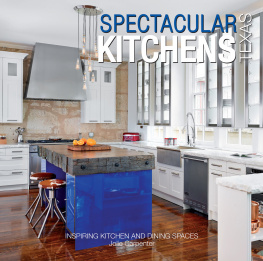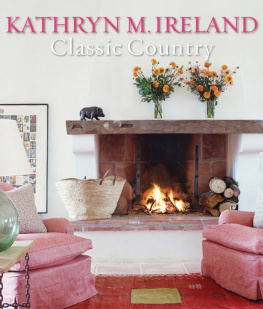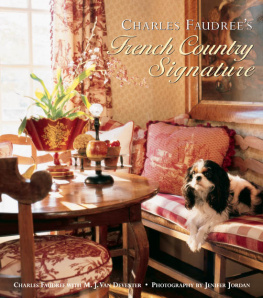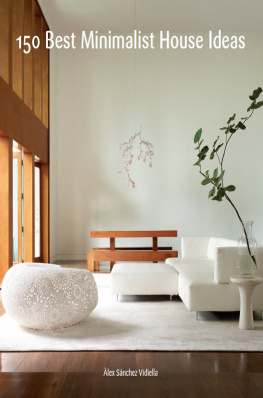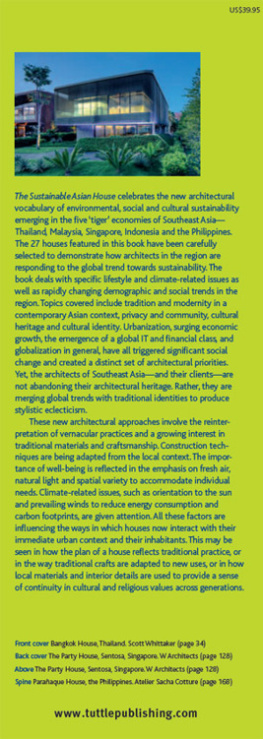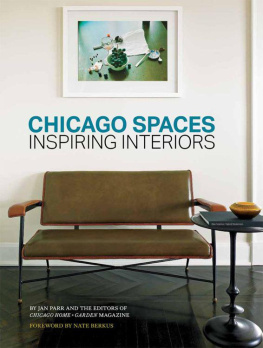contemporary asian kitchens and dining rooms: culinary yin and yang
To quote American writer Arnold Lobel, "All's well that ends with a good meal."If the dining room is the heart of the home then the kitchen is the pulse that feeds it. Today's kitchens are finally making their own bold design statement: stylish, streamlined and full of character. Innovations in quality products and materials make the modern kitchen a functional yet visually stunning space. And, just as paintings and artwork contribute greatly to the harmony of a dining room, so the plethora of modern gadgets and utensils are introducing an artistic element to the workspace of the house. Few kitchens today would be complete without at least one modern designer accessory.
The concept of an open-plan kitchen and dining room is a relatively new one in Asia. Historically, the kitchen was seen as a no-frills, utilitarian place where maids and cooks rushed around preparing meals, and where little thought was given to the decor. It was a place to be hidden from view, away from the guests.
The 1950s saw a transformation in kitchen design in America, and Europe. Overnight, women whose apron strings had been securely tied to the kitchen sink had access to all the mod cons they could wish for and both food preparation and mealtimes underwent something of a revolution. The dream kitchen of the '50s had all a woman needed for an easy, streamlined lifestyle and as more women worked outside the home in America, the TV dinner gradually became the quick and convenient way to eat.
Not all cultures embraced this American dream. In the more traditional countries of southern Europe and in Asia, where an extended and strong family unit was the norm, mealtimesand by default the kitchen and dining roomswere still the core around which family life was focused.
In the past, many Asian homes featured two kitchensthe "working kitchen" often situated outside or behind the house where messy stir-frying was done and the "dry kitchen" where plates and utensils were kept and food was assembled before serving. This is sometimes still the case today.
Over the years, the kitchen has evolved from being just a functional adjunct to the main house to an entertainment center and showpiece. And where once Asian designers and architects were very much influenced by the West, many firms featured here, including aKTa-rchitects, HYLA and Eco-id, are now creating kitchen and dining spaces with a more Asian sensibility while exploiting western technological inventions.
Beginning in the 1980s, major innovations were introduced in restaurant design. Fusion cuisine and celebrity chefstelevision's new heartthrobschanged the way we thought about eating and cooking. Terence Conran helped revolutionize the modern restaurant with his cutting-edge "kitchens on view" such as those at Quaglino's and Mezzo in London while Ed Tuttle created a graceful and new Asian style at the Aman resorts. Increased global travel and changes in restaurant design naturally had a trickle-down effect on how domestic kitchens were designed.
More recently, Japanese designers like Super Potato's Takeshi Sujimoto and his protege Yasuhiro Koichi have been instrumental in creating restaurants that are both the ultimate in contemporary design yet also reflect their eastern locale. Mezza9 in Singapore's Grand Hyatt, La Scala at the Sukothai in Bangkok and The Cliff at the Sentosa Resort and Spa in Singapore are just some examples of the groundbreaking new Japanese style of restaurants.
Changing trends in Asian cooking have also determined how kitchens are designed. Where once a gas stove would have sufficed for wok cooking, more people are turning to "cleaner" options such as electric hobs and speciallyand often aestheticallydesigned gadgets including electric woks and rice cookers. This development has in turn affected the culture of dining and entertaining in Asia. As one Singaporean homeowner said, "when we first met with our architect to talk about the house that we wanted to build, one of the earliest and most exciting points of our discussion was about designing the kitchen, dining and living rooms as a contiguous space complete with a long table spanning the kitchen and dining area. Since cooking and entertaining feature quite prominently in our lives, and given that I'm always stuck in the kitchen when guests arrive, this would be a brilliant way for me to cook and entertain our guests at the same time without them having to come into the kitchen."

An immense cascading wall of water frames this floating dining platform at The Cliff at the Sentosa Resort and Spa.

Orbit Design gave this bachelor's dining room in Bangkok a slick and sexy look with metallic wall paint, stainless steel and glass.
Freed from the conventional restrictions of four walls, the dining room is also becoming more experimental in layout and design. Asia's tropical climate has inspired many designers in Singapore, Bali and elsewhere to incorporate the outdoors with the indoors. Dining rooms seamlessly merge with gardens and pools providing avenues for balmy al fresco dining.

The generous kitchen counter and roomy benches double as additional dining space during parties in this Bangkok loft.


Accessories in fruit colors add whimsical charm to the white-on-white dreamscape of this minimalist kitchen counter in Thailand.

Vibrant reds provide a dramatic contrast to the biscuit and black palette in this al fresco dining area at The Club at The Legian. Mother-of-pearl inlay on the table introduces a delicate touch.
International design companies such as Boffi, Miele and Arclinea now pave the way for variation and experimentations in our kitchen designswith the help of product designers and renowned architects like Antonio Citterio. New brands are increasingly available at Asian showrooms such as Kitchen Culture and Cream 136 in Singapore where customer demands for functionality, style and innovation are paramount.
With the wealth of design shops in the region, homeowners are spoilt for choice when it comes to decorating their homes. However, there is a growing trend for custom-made furniture specially designed for a space which also reflects the owners' individuality and personality. Many Asian homeware designers, like Pesamuan and Jenggala Keramik in Bali, have turned tableware into an art form with crockery and accessories that are imaginative and stylish. In keeping with the region's eclectic and diverse cultures, the emphasis in the design of kitchens and dining rooms is on tastefully blending eastern and western elements to create a "fusion" style.
In Bali, two artists have employed their distinctive and vibrant artwork to spectacular effect in their house (page ).



